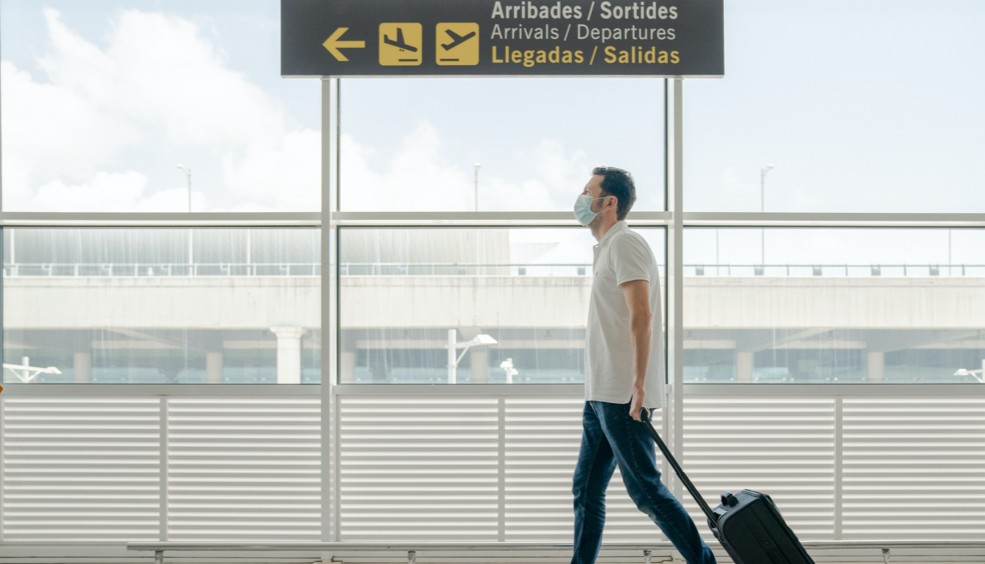Is flying safe in the coronavirus era?
According to a study conducted by the International Air Transport Association (IATA), the answer is clear: YES, IT IS! They base their conclusions mainly on the low number of in-flight coronavirus transmission cases detected (44 cases in the whole of 2020 out of a total of 1.2 billion passengers, most of them occurring before face masks were compulsory). We’re going to tell you why these figures are so low.
more infoPairing of gastronomy plans in Santiago
Gastronomy tourism never goes out of fashion, and much less in a place like Santiago de Compostela (Galicia) which likes to boast - and rightly so - about the rich variety and quality of its shellfish, fish and meat dishes. The gastronomy festivals, traditional markets and food markets are ample justification for a pilgrimage to the capital of Galicia.
more infoIf you like pintxos… don't think twice and come to Bilbao!
Here are some of the best places to enjoy small bites of Basque cuisine. Enjoy creamy roast txangurro, mini pil-pil cod or a more international dish like a pastrami, sardine and chipotle sandwich. You won't be able to resist!
more infoDay of the Canary Islands: 10 places not to be missed
Urban beaches, idyllic little coves, rolling hills, mountainous landscape, lunar landscape, sunsets, forests, mountains, fairy-tale paths and friendly locals. The Canaries have it all!
more info




